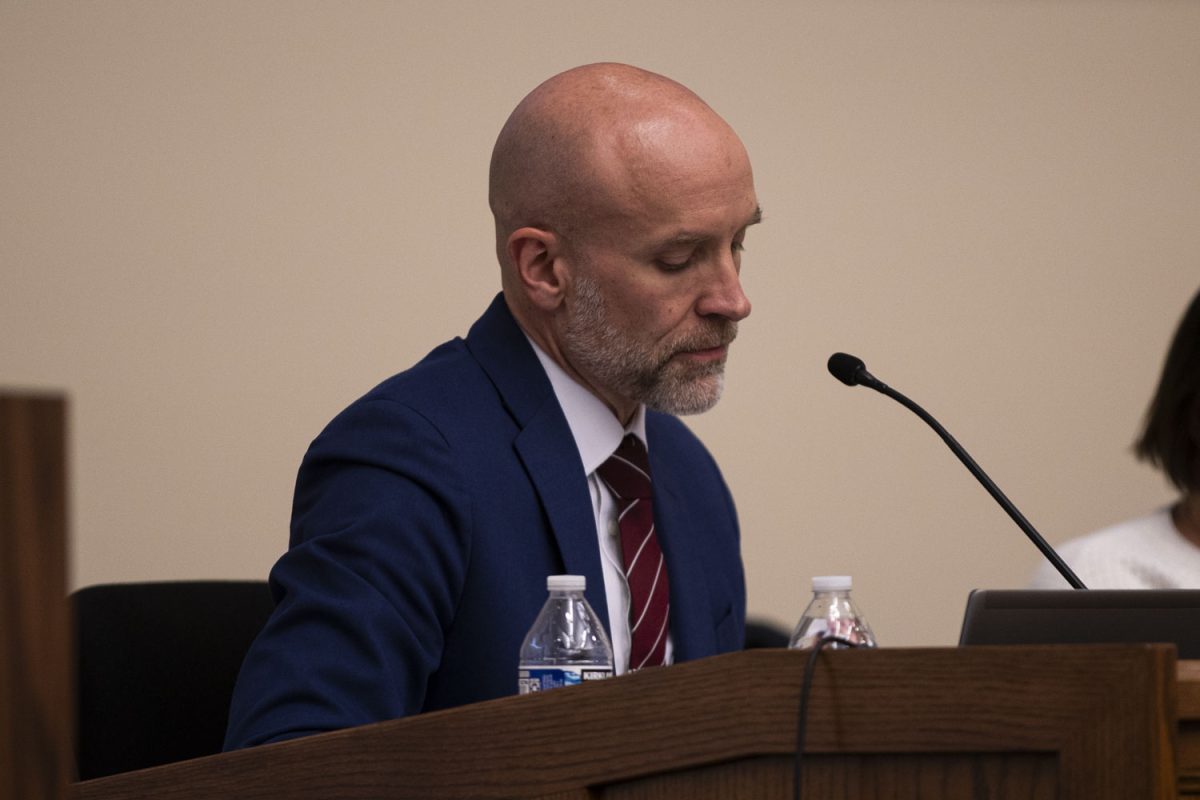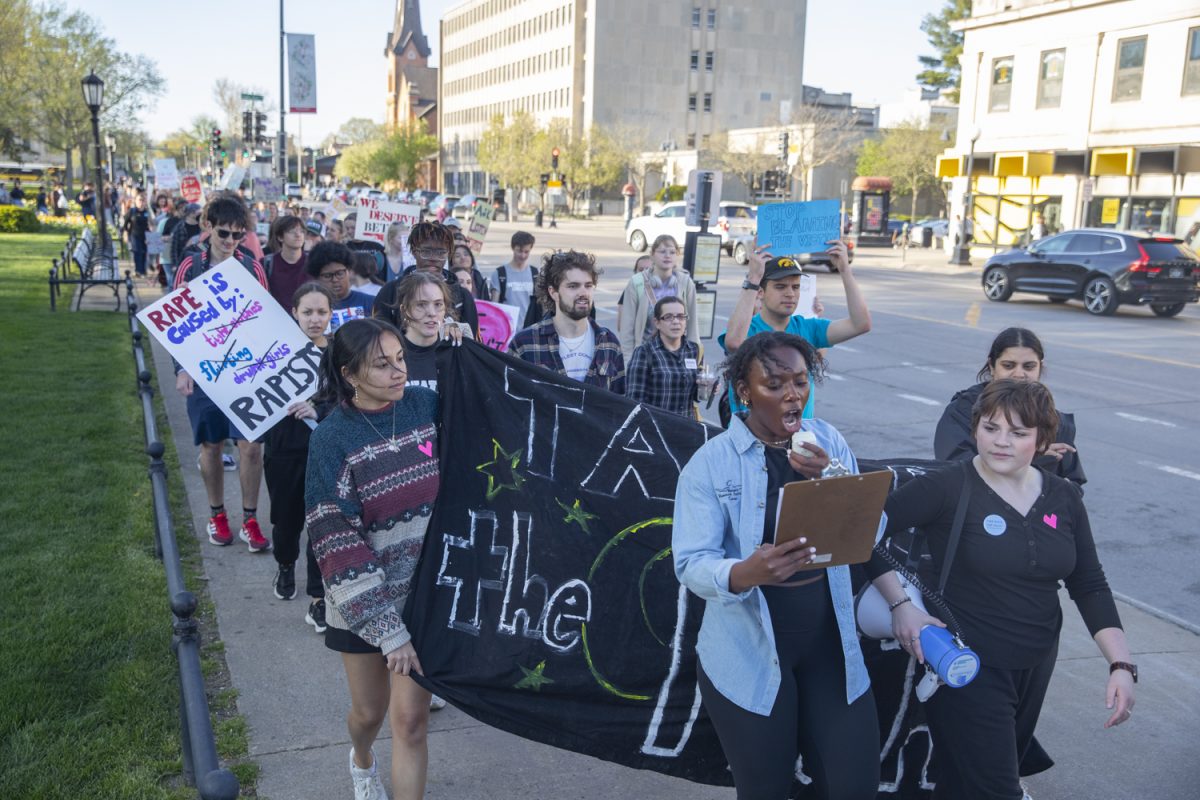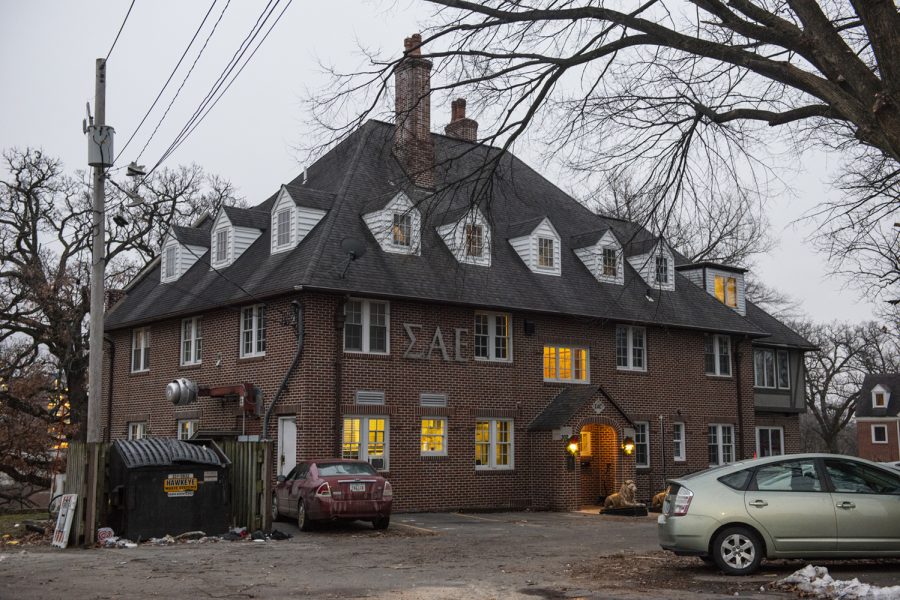Armed with what may just be one of the fastest computers at the University of Iowa, Ching-long Lin has the necessary hardware to complete what probably seems daunting to some — a digital model of a human lung.
Lin, a professor of mechanical and industrial engineering in the College of Engineering and a research engineer for the Iowa Institute of Hydraulic Research, came to the UI in 1997 after getting a Ph.D. from Stanford University.
He ventured to Iowa because of his extensive engineering background and his well-known fluid-mechanics research.
Five years ago, his plan changed.
At that time, Lin, 45, didn’t know much about the human lung. But UI radiology Professor Eric Hoffman asked Lin if he would be interested in applying his computational fluid dynamics research to the lung.
“I would say it is very hard for him to say no,” wife Marlee Lin said.
Marlee Lin, 48, said her husband is the hardest working person she has ever known, but he always has time for everyone. She said she continually has to remind Lin that there are only 24 hours in a day.
Before Ching-long Lin began researching the digital lung, he was using his computational fluid dynamics to determine gas flow through cities and fluid flow through rivers. Now he is using CT images to construct realistic human lung models, then using his computational fluid dynamic models to simulate the airflow through the lungs.
“The approach to understanding the airflow and particle transport in the human lung is unique,” Lin said. “Now, we are working together to develop a new image tool to better understand and diagnose how airflow through the airways can lead to illness.”
As recent as 10 years ago, it was only possible to simulate the trachea and one part of the lung. Lin’s new model can simulate up to 20 generations of the airway.
“I believe we are the only group in the world who can do this type of modeling,” he said. “Our model may help doctors determine what causes lung diseases and how exposure to environmental pollutants alters the function of the human lung.”
Lin’s new model allows researchers to customize the model for each individual, allowing them to research in a subject specific manner.
And Lin has recently received recognition for his research; the National Institutes of Health awarded him a four-year, $1.4 million grant to continue to develop the model lung.
Lin expects to eventually add two new components: a tissue-mechanics and cell-mechanics model, allowing the lung model to be more refined.
Hoffman, who has worked with Lin for more than five years, said that when Lin started, he knew almost nothing about the lung. But now, he’s learned the intricacies of the lung, and he’s certainly doing much more than just applying his engineering background.






